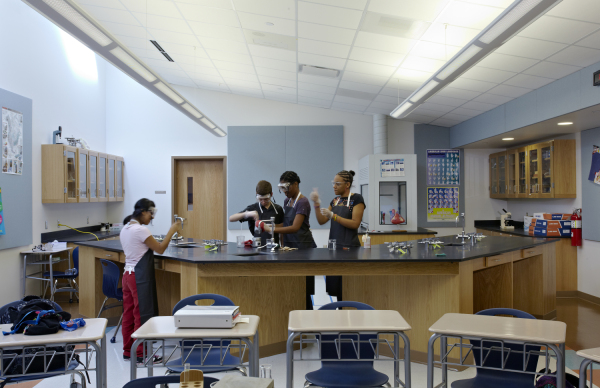This is part one of a five-part series. Read posts two and three.
Here at Mackey Mitchell, we pinch ourselves a lot. We’re lucky to have such great clients. There are many ingredients packed into that notion of “great clients,” but for the moment, I’m going to focus on just one: Our clients bring us difficult, meaningful projects. I’ve noticed something even more specific about those projects, and especially the buildings we’ve designed for education, which range from early childhood all the way through higher education: Every single one of them addresses the development of human potential. Every classroom, building, quadrangle, and campus we’ve touched are designed toward one overarching theme – the development of each individual within the context of a nurturing community.
The power of human potential is an exciting theme for any project; probably the most exciting one I can think of. But as I mentioned, these projects can be inherently difficult. I think that’s because human potential can be a mysterious, even beguiling thing – especially when it hides behind any kind of “disability.” And there’s a word that needs to be dealt with: “disability.” We need to deal with it not just because it’s impolite and potentially even hurtful, but equally because it is imprecise. Any design approach that focuses on what people are NOT able to do will never yield creative design ideas. It is a perspective that limits the creative process to damage control – one of simply removing barriers. The best we can do for the human spirit in this limited, negative perspective, is simply to reduce the possibilities for additional harm. It may be borne of compassion, but it is devoid of aspiration.
Over the next few weeks, we will explore a more creative design perspective that focuses not on disability, but instead on human ability in four specific dimensions: the sensory, cognitive, physical, and social dimensions of (human) being. In each of these upcoming posts, one dedicated to each of these dimensions, we will examine specific design strategies to make any building or space a more effective tool for leveraging human potential.
Click here for part two, which focuses on the sensory dimension, and here for part three, which focuses on role cognitive function plays.

 By: Marcus Adrian
By: Marcus Adrian 